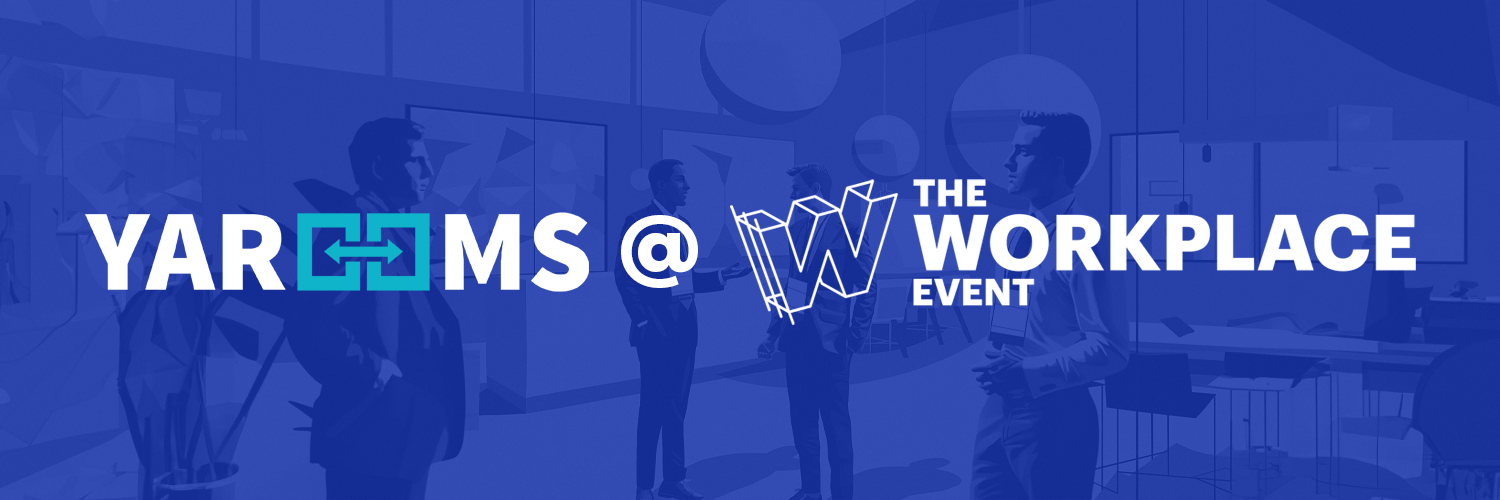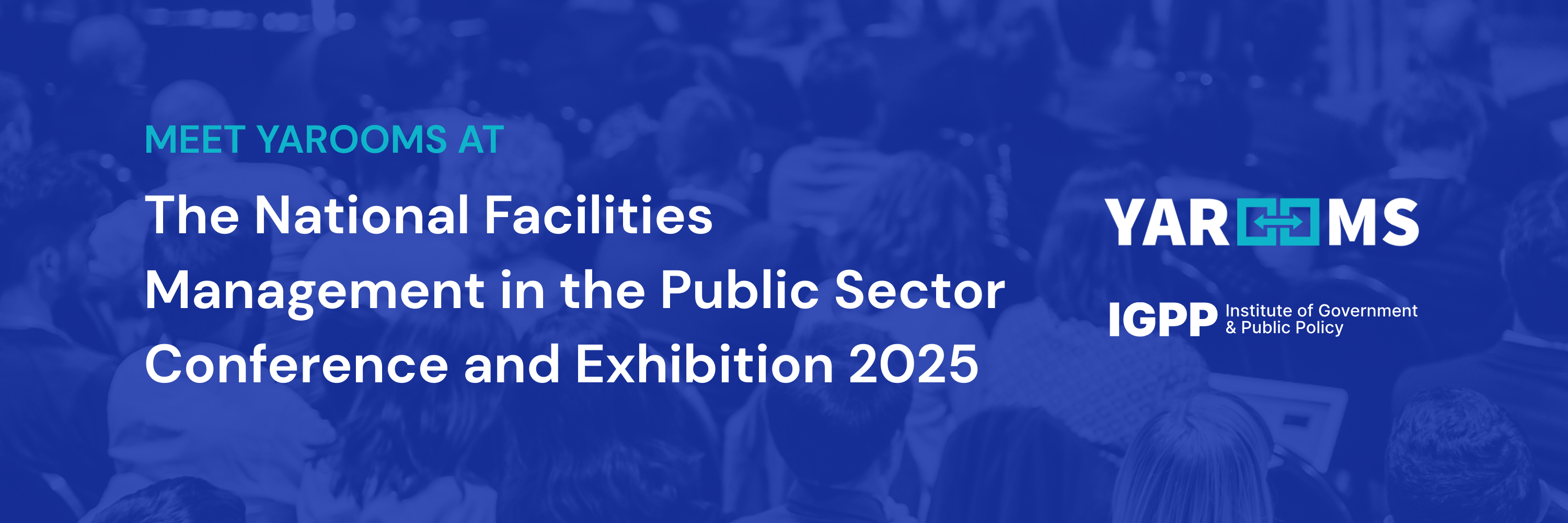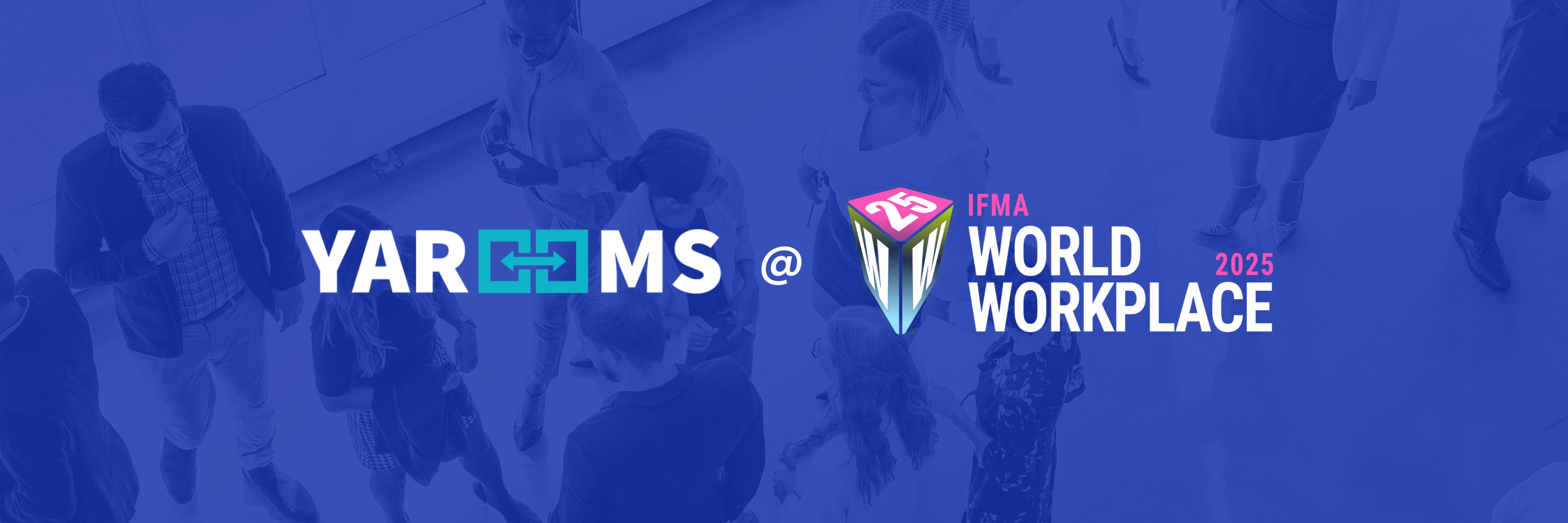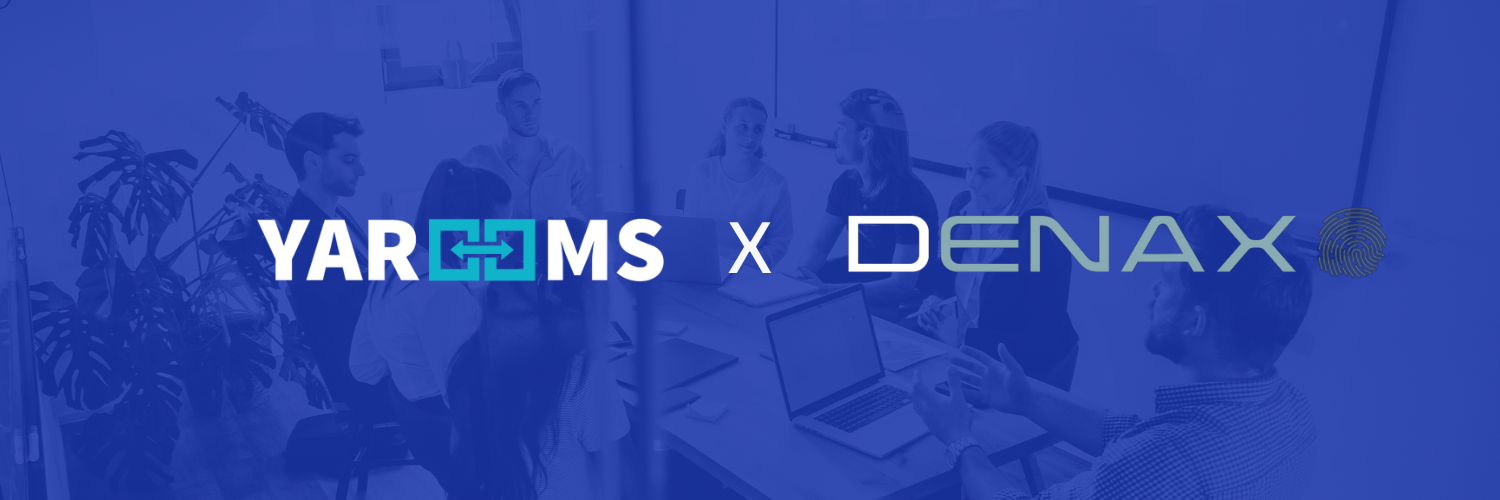We had an incredible time at the Workplace Event 2024 in Birmingham earlier this month! It was a one-of-a-kind gathering that focused on enhancing employee satisfaction and workplace performance. We met with many industry leaders and covered various topics, from hybrid work models to the importance of employee well-being and sustainability. Here are some takeaways from Jenifer Rhodus, our Sales Director, that we want to share with you:
Hybrid Work is Here to Stay
The pandemic accelerated the adoption of hybrid work models, and it's clear that this flexible approach is here to stay. Companies recognize the benefits of allowing employees to work remotely while providing opportunities for in-person collaboration. The challenge now is to refine these models to ensure they meet the workforce's diverse needs. Structured hybrid work stands out as an approach that can increase productivity, employee satisfaction, and talent retention.
Explore the topic:
- [Podcast] Poor Hybrid Work Performance: Location or Management Problem?
- Exploring the Metrics Behind Your Hybrid Work Model's Success
- 19 Best Microsoft Teams Integrations for Hybrid Work
Earning the Commute
Employers need to earn the commute by creating engaging and purposeful work environments. While remote work offers flexibility, there's still value in coming to the office. Companies must provide compelling reasons for employees to return, whether through meaningful collaboration opportunities, professional development initiatives, or a vibrant workplace culture. Creating an office that employees want to visit can help foster a sense of community and belonging.
Read more about this:
- From Office Space to Value Space: The Changing Focus of Facility Management
- Why Won't They Return to the Office? A Look at Going Hybrid & How to Convince Your Employees
- Give Your Employees a Role in Shaping Their Office Experience
Balancing Collaboration and Well-Being
Collaboration is undoubtedly essential, but so is employee well-being. It is necessary to recognize that everyone has different reasons or drivers for coming to the office beyond collaborative work. Prioritizing well-being can lead to happier, healthier, and more engaged employees, ultimately benefiting the organization. Ensuring the office environment supports mental and physical health can enhance productivity and job satisfaction.
Dive deeper:
- Why Employers Need to Talk About Mental Health at Work
- Smart Workplace Technology and Employee Well-Being: Exploring the Connection
- What Is Workplace Experience and Why It Should Be Your Priority?
Data-Driven Hybrid Workplace
Data is a powerful tool in facilitating hybrid working and driving organizational transformation. By leveraging workplace analytics, companies can optimize their hybrid work setups, improve decision-making, and enhance productivity. Understanding employee preferences, work patterns, and performance metrics is critical to creating successful hybrid work environments. Data-driven strategies can help tailor work experiences to meet individual needs, leading to more effective and efficient work processes.
More on the topic:
- What is Workplace Analytics? The Definitive Guide
- Why Meeting Room Analytics Matter in Today’s Office
- How Workplace Data Helps Facility Managers Deal With Cost Pressures
Workplace Sustainability Matters
Amidst the shift towards hybrid work, it's crucial not to lose sight of sustainability in the workplace. Companies are responsible for minimizing their environmental footprint and prioritizing sustainable practices in their workplace strategies. From reducing carbon emissions to implementing eco-friendly office designs, sustainability should remain a core focus in the future of work. Sustainable practices benefit the environment and appeal to a workforce increasingly concerned with corporate social responsibility.
Learn more:
- A Proof That Sustainability Drives Financial & Operational Performance
- How to Build the Culture of Sustainability in Your Organization
- Workplace Leaders Share How They Cultivate Sustainability Mindset (And Why It's Worth the Effort)
Office Design for Well-Being and Community
The design of an office can significantly impact employee well-being and foster a sense of connection and community. Thoughtful design elements, such as natural light, green spaces, and collaborative areas, can enhance employee satisfaction and productivity. Creating spaces prioritizing comfort, flexibility, and inclusivity can create a positive work environment. An office designed with well-being can help attract and retain top talent.
Get inspired:
- Tap Into Employee Behavior Data for Optimal Hybrid Office Design
- 10 Creative Workplace Design Ideas to Boost Your Office Experience
- What Are the 6 Types of Working Styles ? (+ Optimal Workspaces for Each)
Focus on Women's Health
One notable highlight from the panel discussion was the focus on women's health in the workplace. This underscores the importance of addressing gender-specific health needs and promoting inclusivity and diversity in workplace wellness initiatives. As we look ahead, it's encouraging to anticipate further advancements and discussions in this critical area. Focusing on women's health can lead to a more inclusive and supportive workplace culture.
More insights:
- Hybrid Work as a Sought-After Solution for Working Parents
- Equity is Key When Building a Hybrid Work Model
- What Is the "S" in ESG?
How Can Yarooms Help You Navigate the Modern World of Work?
As hybrid workplace setups are here to stay, companies need technology solutions that enable the blend of remote and in-office work. The Yarooms Workplace Experience Platform offers comprehensive tools to manage workspace reservations, coordinate flexible schedules, and streamline office logistics, ensuring that hybrid workplace runs smoothly. The platform empowers organizations to make informed decisions by providing data-driven insights into space utilization and employee preferences. This way, companies can foster a vibrant and efficient workplace culture, making the office a place employees want to return to.












